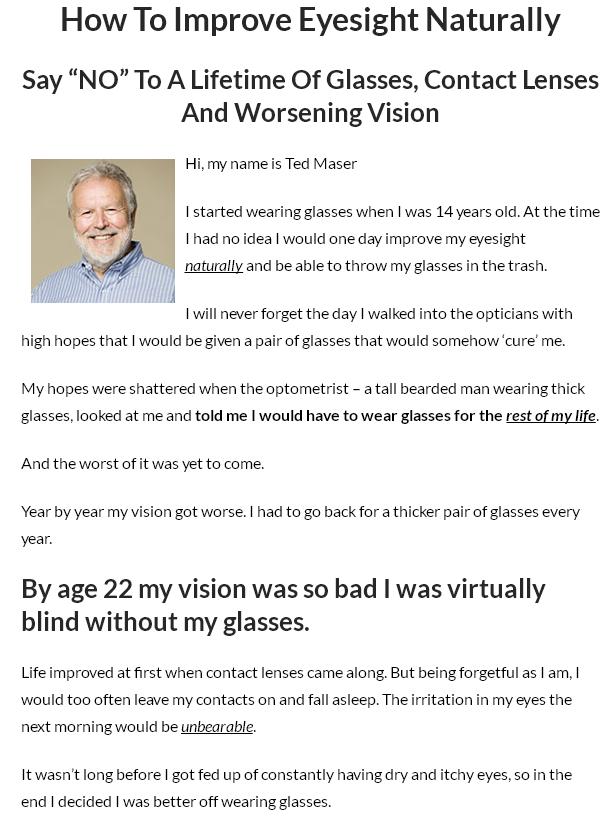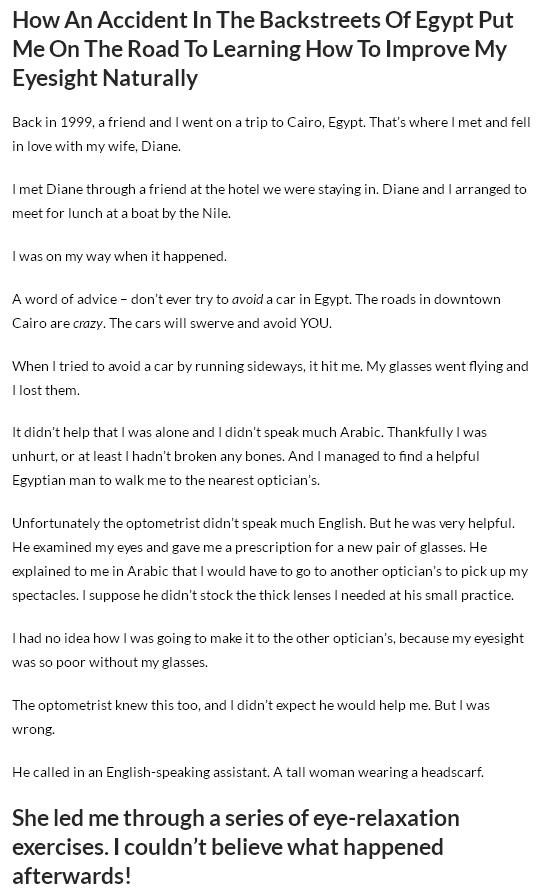Too much new technology is being put out of reach of millions of people in the UK because the designers fail to take account of common physical limitations, Cambridge University researchers claim.
They have backed up their call for a gadget and packaging products redesign revolution by creating a set of gloves and glasses which simulate limitations, like age-related long-sightedness or arthritis.
The simulation tools have been released in the hope of getting more designers to think again about the usability of their products.
Researchers at the university’s Engineering Design Centre say that millions of people around the country – notably the ageing, baby-boomer generation – have needless difficulty using everyday products ranging from gadgets, to packaging, to windows and doors, because of poor design. Addressing these issues would also reduce the costs of social care, they argue.
Many baby-boomers only suffer from mild problems, such as long-sightedness or pain and discomfort in their joints. Although these issues are far from unusual, they are rarely taken into account by mainstream manufacturers, builders and designers. Their customers often find a way to “make do” despite their difficulty using the product, but would benefit from simple and inexpensive design changes.
The simulation gloves and glasses now on sale allow designers to experience these limitations for themselves, so that they can identify opportunities for design improvements that would help these ‘baby-boomers’. The glasses even set a calibrated benchmark, calculated by researchers, which enables the wearer to work out if a product feature has sufficient visual clarity for 99 per cent of the population to be able to see it.
The development of the tools was led by Dr Sam Waller, an inclusive design researcher in Cambridge’s Engineering Design Centre, who studies how everyday products can be made and designed to accommodate the diverse abilities of different sectors of the population. His work builds on 10 years collaborative inclusive design research, conducted by Professors John Clarkson and Roger Coleman, and funded by the Engineering and Physical Sciences Research Council.
“The attitude among a lot of manufacturers tends to be: ‘If I can use it, everyone can,’” Dr Waller said. “The problem is that if I happen to be a typical, male designer, I may well have reasonably good vision. Everyone with better vision than me will be OK, but anyone whose vision is worse may experience frustration or difficulty.
“What we end up with is a large group of people who have to find some way of coping with this, perhaps by asking for help, and would benefit from minor design modifications. That section of the population is largely unaccounted for, and they would benefit hugely if there was a bit more awareness and appreciation of the different levels of ability out there.”
Resembling a pair of 3D specs, the simple simulation glasses can be stacked by the wearer to replicate various levels of impairment, reproducing the effects of problems such as cataracts, age-related long-sightedness, or even just having an out-of-date prescription.
Specifically, they pick up on difficulties with the size or contrast of product features that might compromise the user experience for people with moderate eyesight problems. By using them, a designer can tell if such groups will, for example, be able to pick out the power button on an electronic device, or a warning label that has been embossed on to a plastic surface.
Waller argues that such problems can often be addressed without any increase in production cost. The solution can be as simple as changing the colour of the plastic used to make a power button, so that it becomes more obvious.
The simulation gloves mimic arthritis of the knuckle joints. The more the wearer tries to rotate their joints by bending their fingers, the more they stiffen up, as the plastic skeleton around the gloves puts pressure on the knuckles. They show how this mild limitation can make simple but vital tasks – like opening food packaging – unnecessarily difficult and painful.
“Our hope is that mass-market manufacturers will start using these simulation tools during the development of their products in order to better inform the decisions they make,” Waller added. “This enables competitive advantage by improving the user experience, and also reduces social care costs for our ageing society.”
The simulation glasses and gloves are available now at http://www.inclusivedesigntoolkit.com/tools
• PHOTOGRAPH SHOWS: Dr Sam Waller



